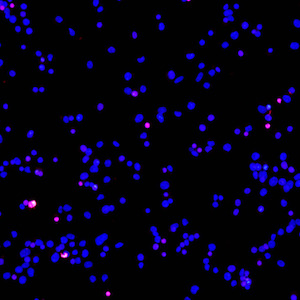 Smart Citations
Smart CitationsSee how this article has been cited at scite.ai
scite shows how a scientific paper has been cited by providing the context of the citation, a classification describing whether it supports, mentions, or contrasts the cited claim, and a label indicating in which section the citation was made.
Crocin exerts anti-tumor effect in colon cancer cells via repressing the JAK pathway
Crocin has been reported to have therapeutic effects on multiple cancers including colon cancer, but its specific mechanism is still ambiguous and needs to be further explored. Human colorectal adenocarcinoma cells (HCT-116) and human normal colonic epithelial cells (CCD841) were first treated with increasing concentrations of crocin. Subsequently, with 150 and 200 μM of crocin, the cell vitality was examined by cell counting kit 8. Cell apoptosis and proliferation were tested by TUNEL staining and colony formation assay, respectively. The expression of Ki-67 was assessed by immunofluorescence. Enzyme-linked immunosorbent assay was used to evaluate the level of inflammation- and oxidative-related factors. The reactive oxygen species (ROS) production and mitochondrial membrane potential (MMP) were examined by flow cytometer. Janus kinase (JAK), signal transducer and activator of transcription 3 (STAT3), and extracellular regulated protein kinases (ERK) in HCT-116 cells were tested by Western blot. Different concentrations of crocin barely affected the CCD841 cell vitality, while crocin restrained the HCT-116 cells vitality, proliferation and the expression of Ki-67, while inducing apoptosis in a concentration-dependent manner. Moreover, the contents of inflammation- and oxidative-related factors in HCT-116 cells were largely blunted by crocin that enhanced ROS and restrained the MMP and suppressed p-JAK2/JAK2, p-STAT3/STAT3, and p-ERK/ERK expression in HCT-116 cells. Crocin induced apoptosis and restored mitochondrial function in HCT-116 cells via repressing the JAK pathway. If the threptic effect works in patients, it could herald a new, effective treatment for colon cancer, improving the patients’ prognosis and quality of life.
How to Cite

This work is licensed under a Creative Commons Attribution-NonCommercial 4.0 International License.
PAGEPress has chosen to apply the Creative Commons Attribution NonCommercial 4.0 International License (CC BY-NC 4.0) to all manuscripts to be published.









